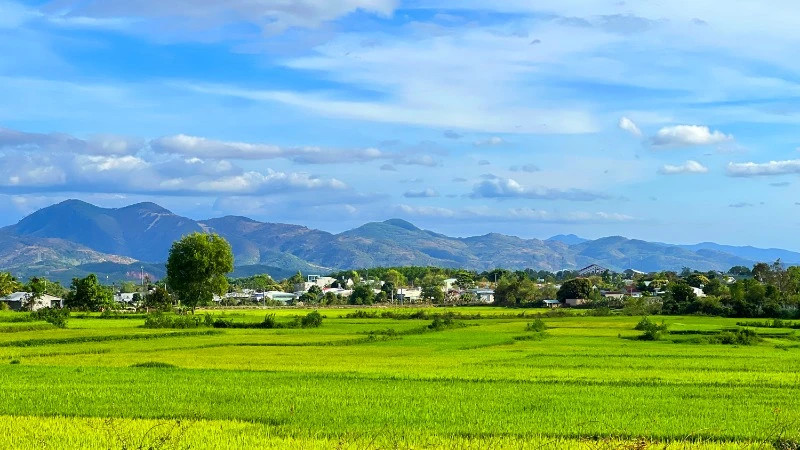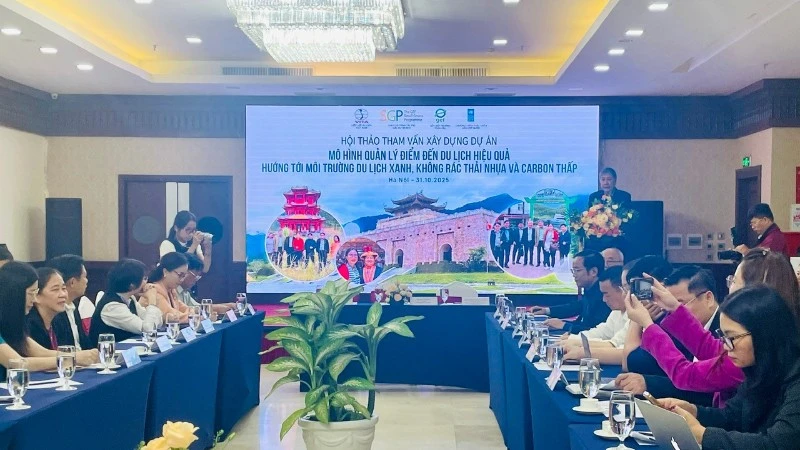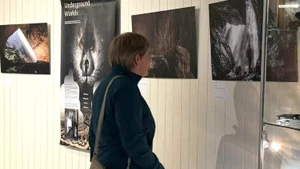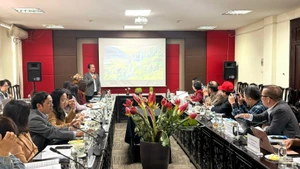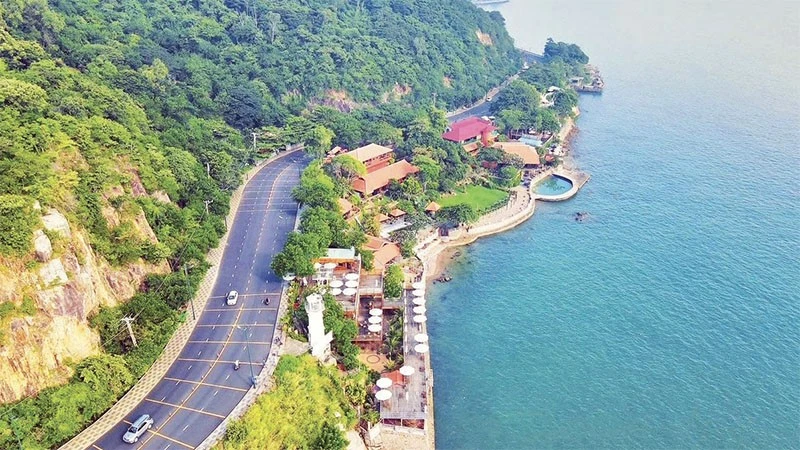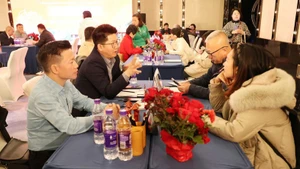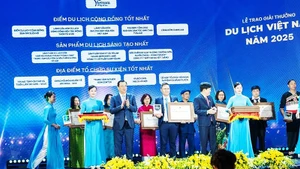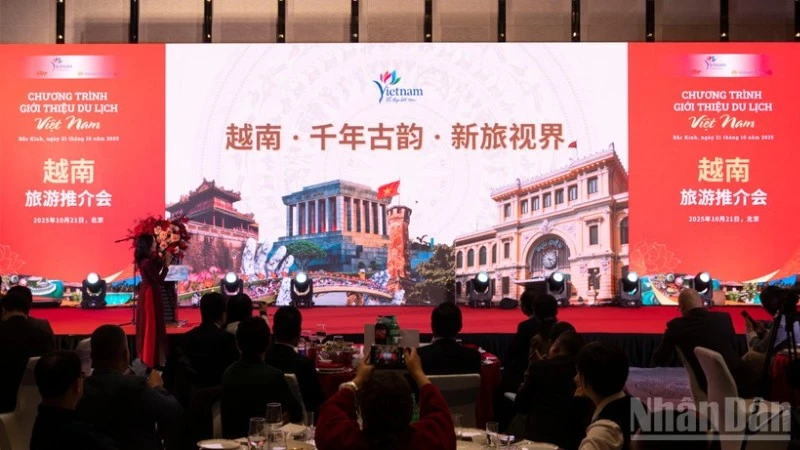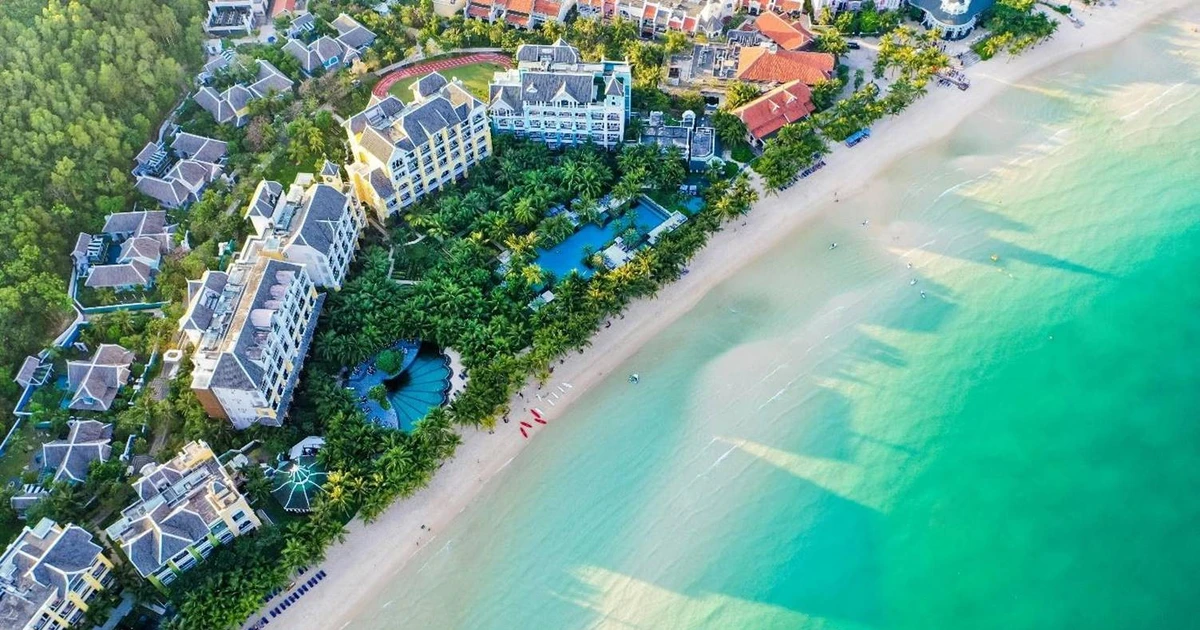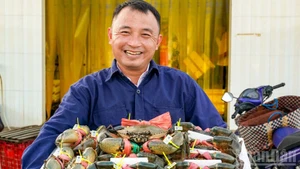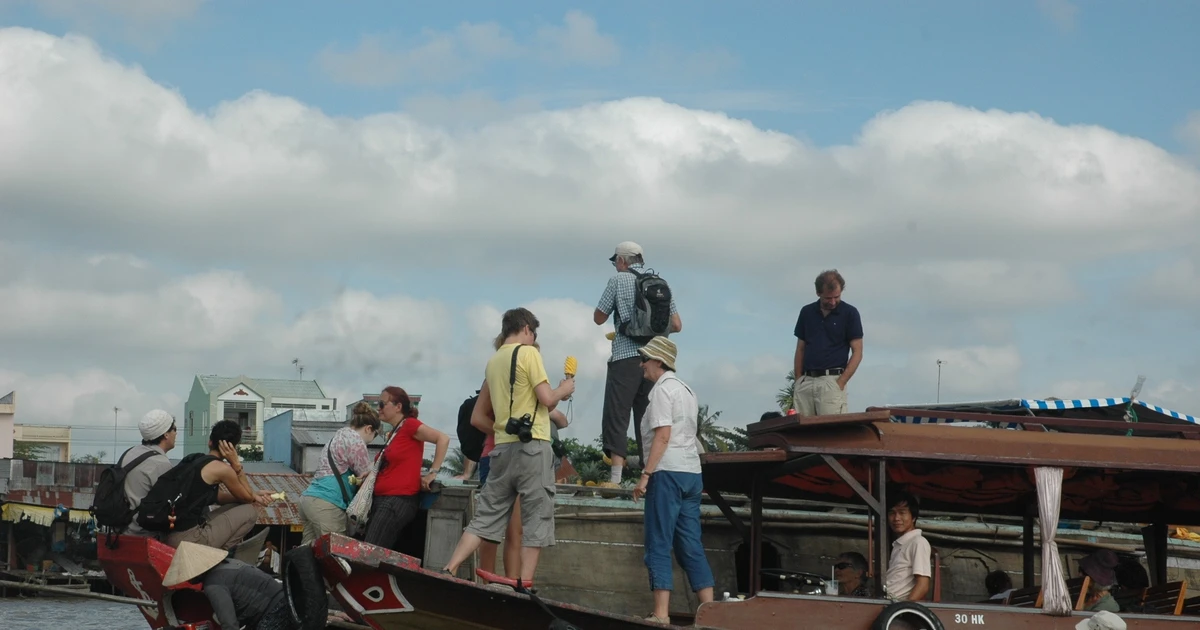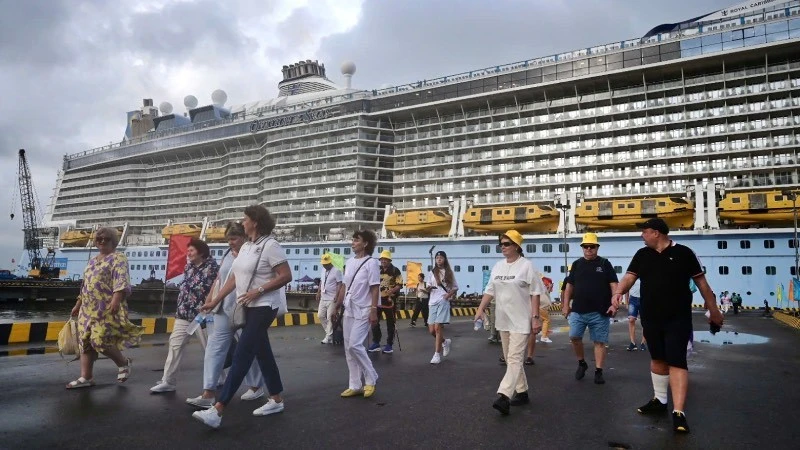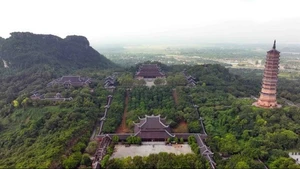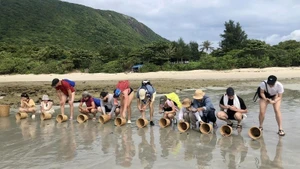The Vietnam-Cambodia-Laos border marker was constructed in 2007 and completed in early 2008 as a special project, strongly reflecting the solidarity and friendship among the three nations. The construction process was closely supervised by experts from the three countries.
The 2m-high marker, weighing over 900 kg, is a triangular pillar made from durable and aesthetically pleasing granite. Each side of the marker features national emblems, the year the marker was installed, and the country names in prominent red lettering, reflecting the dignity and uniqueness of each nation.
On the Vietnam side, the marker faces Po Y Commune, Ngoc Hoi District, Kon Tum Province while the Lao side faces Attapeu Province and the Cambodian side faces Rattanakiri Province. The “three-border marker”, where “the crowing of roosters from all three countries is heard”, has become a famous landmark in the remote northern region of the Central Highlands.
Many significant and symbolic activities have been organised at this site, as part of the tri-national defence border friendship exchange programmes.
After climbing the 120 steep steps from the base of the marker to the summit of Doi Tron (Tron Hill), standing before the “Indochina junction” marker amidst the vast space, one cannot help but feel deeply moved.
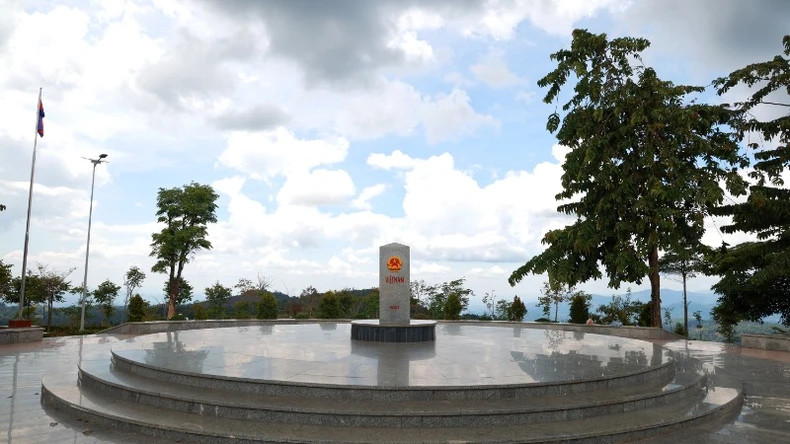 |
| The Vietnam-Cambodia-Laos border marker |
Border patrol soldiers at the Bo Y International Border Gate share that the joint patrol activities among the border protection forces of the three countries are a vivid testament to the ongoing spirit of unity being cultivated.
This is a sacred intersection not only belonging to the forests of the Central Highlands but to the entire nation. On festive occasions, the flags of the three countries fly along the path to the marker.
The border marker symbolises the strong will and determination of the governments and peoples of the three brotherly countries, based on trust, understanding, and a spirit of friendly cooperation.
Visitors to the marker can admire the natural beauty and feel the deep spirit of defending the nation’s sovereignty and the responsibility of preserving the sacred borders.
The border guards of Kon Tum Province are always on duty, protecting every inch of the borderland.
From the high, windy mountain top, in the vast space, one can look out across the territories of the three countries. This border marker is about 10 km from the Bo Y International Border Gate and 3 km from the tri-border junction.
This is the second “three-border marker” in Vietnam, after the first marker of the three countries Vietnam, Laos, and China at A Pa Chai (Sin Thau Commune, Muong Nhe District, Dien Bien Province).
Right at the foot of the hill, next to the Exhibition House and the Memorial of Fallen Soldiers is an area for souvenirs and a parking lot, creating a spacious and airy expanse with an area of 3,600m².
On the hilltop, a flat area covered by many lush green tree arches planted by representatives of the three countries forms the “Friendship Garden”.
Local people proudly introduce that during the wild sunflower season, standing here offers a panoramic view of the hillsides covered in brilliant yellow blooms, creating a stunning natural landscape. During this season, the “speciality” is... clouds! The ever-changing clouds add a mystical charm, sparking curiosity among visitors.
To realise the goal of sustainable tourism development, Kon Tum’s tourism industry is focusing on building a well-integrated and harmonious tourism system, extending across the territories of the three countries around the shared national border marker area, opening opportunities for international cooperation and contributing to the overall development of the region.
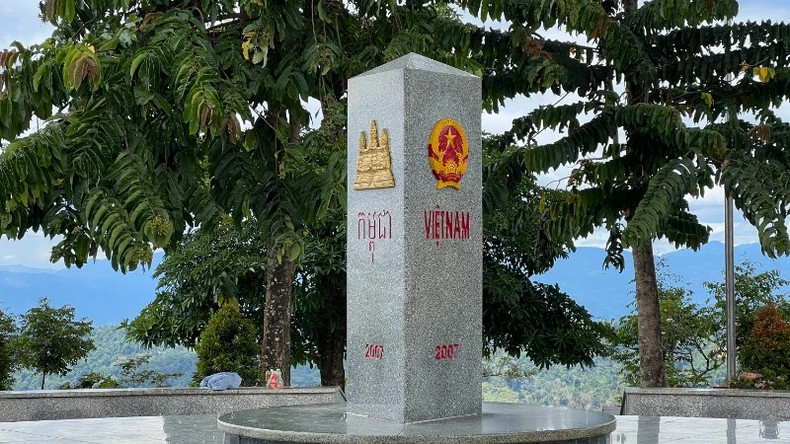 |
| “Indochina junction” continues to attract visitors |
Kon Tum Province is also diversifying its tourism offerings, from cultural tourism exploring ethnic minority villages to ecological tourism showcasing pristine natural beauty, and revolutionary historical site visits, creating meaningful journeys.
The Bo Y International Border Gate is bustling with immigration activities and trade, becoming a crucial gateway connecting the three countries. Meaningful projects and infrastructure investments are also strengthening the prominence of the border economic zone.
In the distance, the once small, desolate town of Plei Kan has now transformed into a modern, bustling border city, keeping pace with continuous development.
Decades after the war, by the peaceful Po Ko River, the land once ravaged by bombs and chemical agents has miraculously revived. From the deep bomb craters of the past, lush forests, coffee hills, and endless rubber forests have emerged, along with peaceful houses lined along the national highway.
At this location, besides visiting the border marker, visitors can also visit the Memorial to Fallen Heroes of the Truong Son Range, a project that began in 2014 and was completed in 2017, dedicated to honouring Vietnamese who sacrificed their lives for the independence and freedom of the nation.
According to the Border Control and Inspection Team at Bo Y International Border Gate, since the beginning of 2025, over 15,000 visitors have visited the marker, proving the allure and tourism potential, and serving as a bridge to introduce the cultural and historical identity of the nation.
